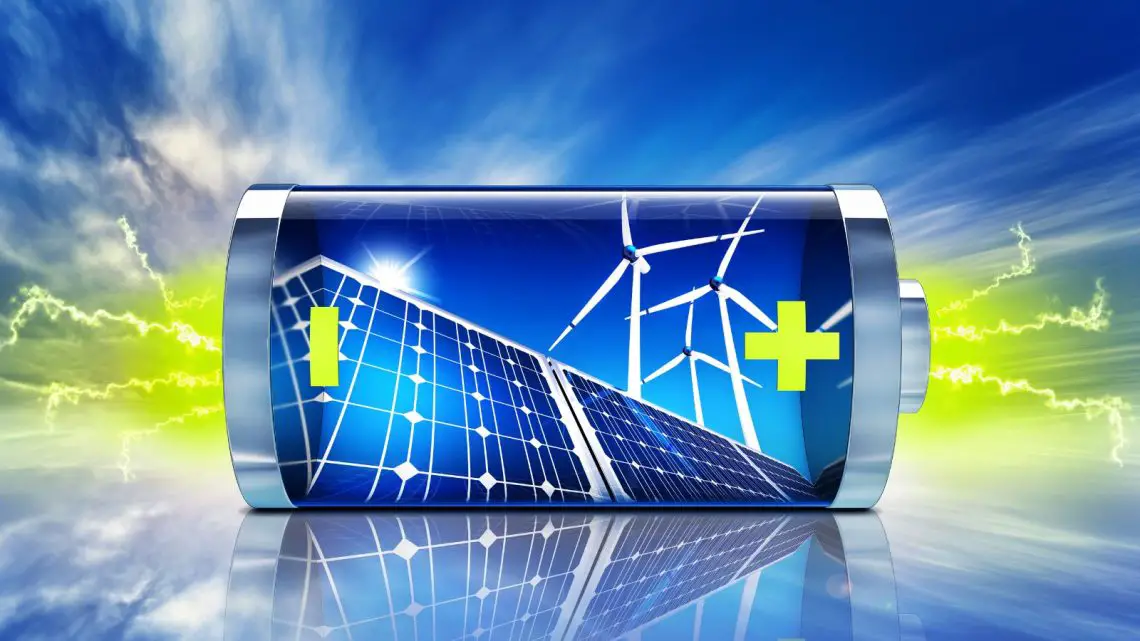
New battery technology could be cost-effective renewable energy storage solution
October 5, 2015Clean energy storage may have gotten greener and cheaper.
A research paper published in the journal Science reveals that a team of Harvard researchers have developed an innovative battery technology by removing toxins from a flow battery, which they claim can store renewable energy in a safe, non-flammable, non-toxic, and cheap way.
An eco-friendly flow battery could be important to the future.
Energy and resource issues are a growing problem that many, including members of the Harvard research team, believe will only become worse in the coming years. However, the development of a cheap and eco-friendly battery could help with this issue, by preventing power from being wasted, by providing people off the grid with energy, and giving people a cheaper energy solution.
The reason is that a flow battery can collect energy from renewable resources. These types of batteries could be utilized to save and store surplus wind and solar power and can be used at a time when power from these renewables cannot be delivered.
Harvard graduate student and a member of the research team, Kaixiang Lin, said that these batteries can “store massive amounts of energy sources from solar and wind so that we can reuse it when the sun goes away, or the wind stops blowing.”
The new battery technology could be commercially available in three years.
The new type of flow battery shows a lot of promise because it can store energy in liquid form in external tanks and gather or release power via liquids exchange ions through a special membrane. This ability makes the batteries highly flexible, because their capacity can be altered by modifying the size of the tanks and their energy output can be changed by making adjustments to the area of the membrane. In addition, these kinds of batteries can remain idle for extended periods of time without being affected by extreme temperatures and not losing charge.
Also, the research team’s flow battery is more eco-friendly than traditional forms of these batteries. The researchers replaced the toxic, expensive, and potentially dangerous chemicals vanadium and bromine, which are typically used in traditional flow batteries, with quinone (a naturally occurring chemical a part of the photosynthesis process) and ferrocyanide (typically added to kitchen salt as an anti-caking agent). What’s more, since the new battery works in an alkaline and not an acidic solution, it is less corrosive, so the battery can be built out of plastic, which is cheaper and lighter than the metals that would otherwise need to be used.
While the scientists have come a long way in perfecting the flow battery, improvements to increase its cycle life and lower the cost of the membrane still require work. That being said, the researchers anticipate that the battery technology could become commercially available in as little as three years

 With over 15 years of reporting hydrogen news, we are your premier source for the latest updates and insights in hydrogen and renewable energy.
With over 15 years of reporting hydrogen news, we are your premier source for the latest updates and insights in hydrogen and renewable energy.